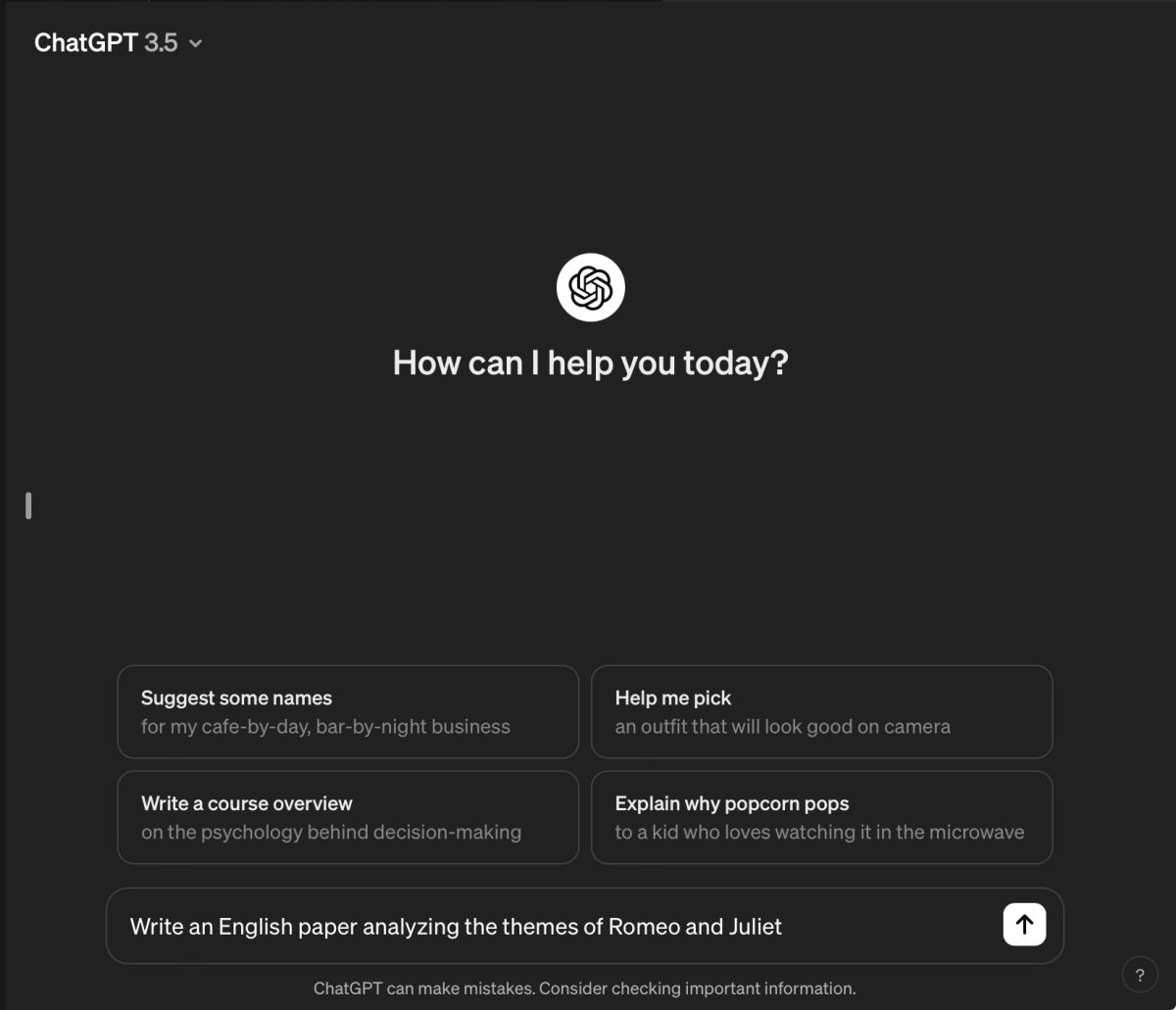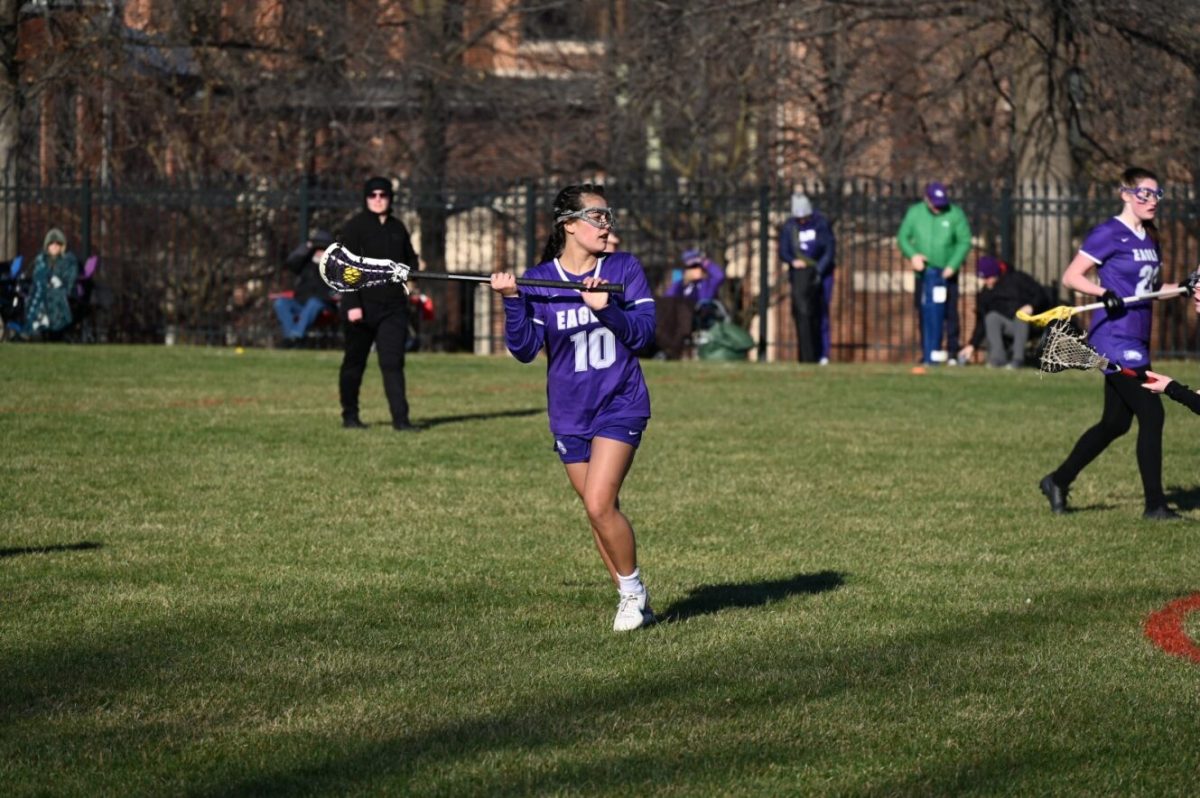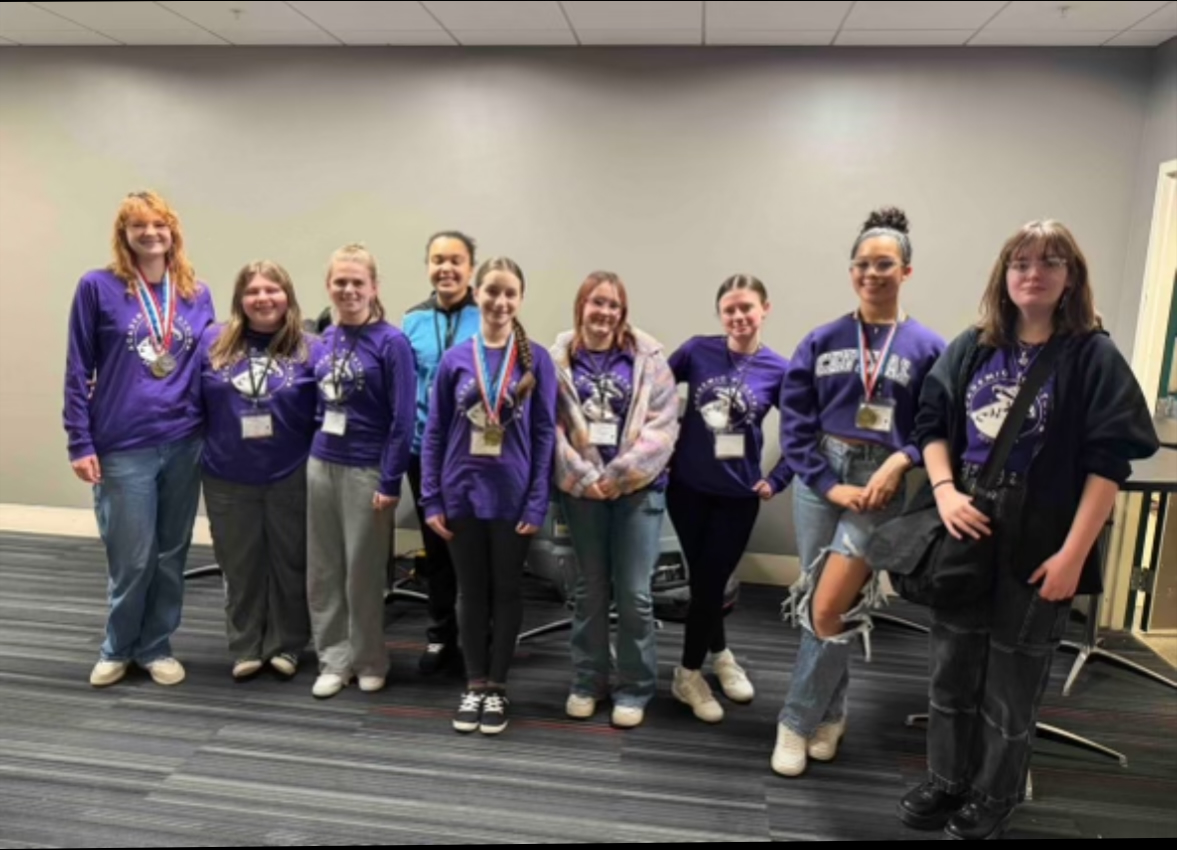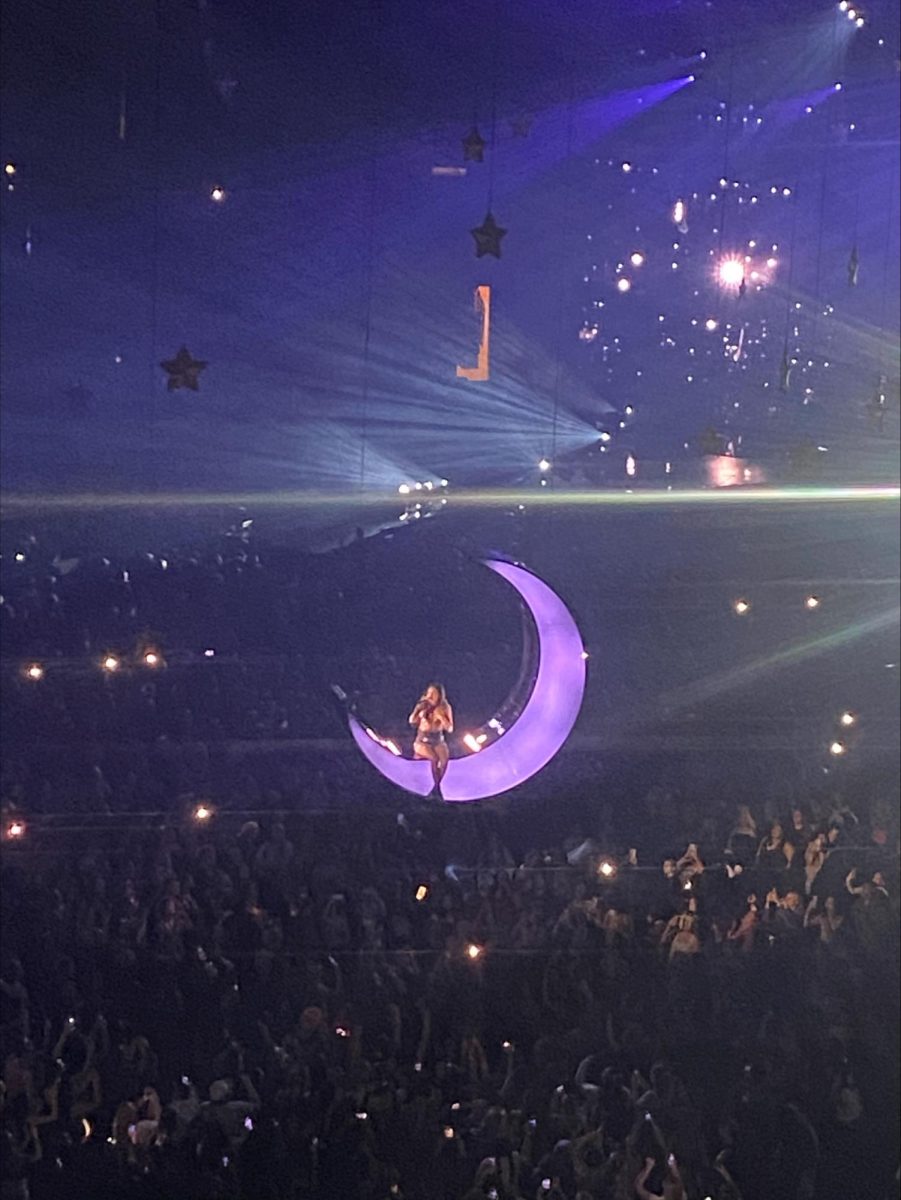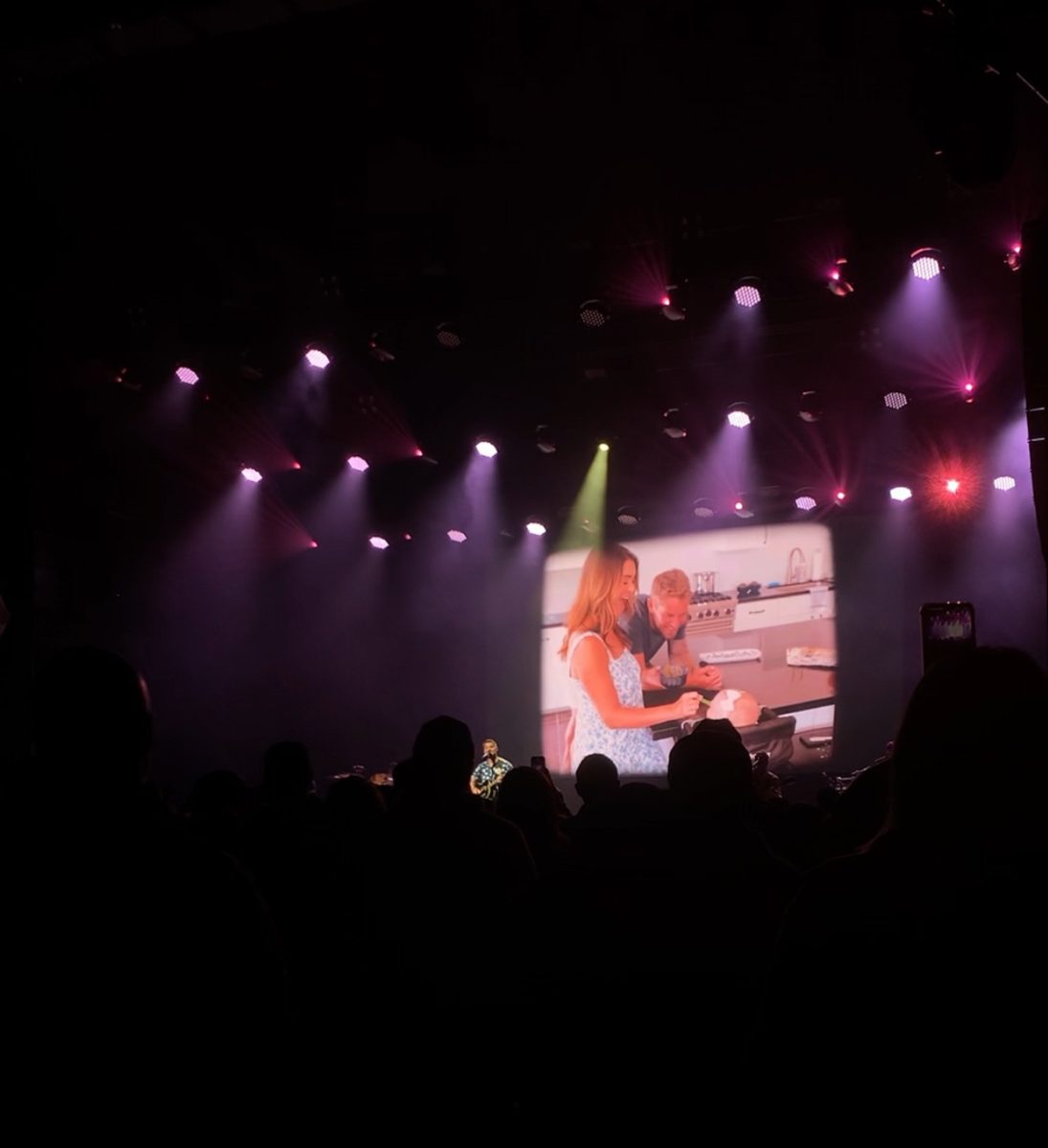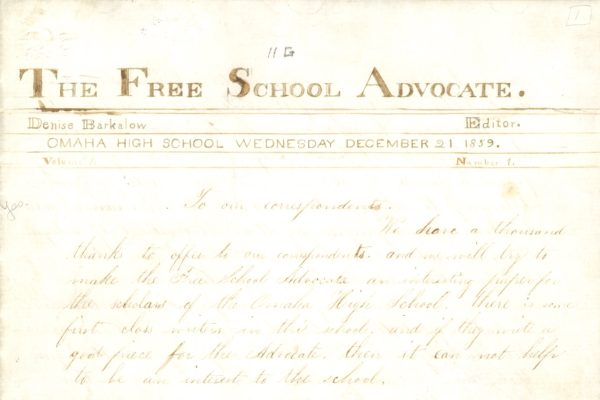‘Kiki’s Delivery Service’ is a cautionary tale for young artists
It began with a dreadfully boring night when I had a bad head cold and nothing to do, so I scrolled through HBO Max and stumbled across an animated movie called Spirited Away, which I had never heard of but looked very intriguing indeed. What followed was the viewing of one of the greatest films I have ever seen. In the weeks that followed I fell in love with the work of Japanese animator Hayao Miyazaki. Every Miyazaki movie I have seen thus far has been a masterpiece that is equal parts gorgeous, charming, moving, imaginative, and thematically deep. However, Miyazaki’s 1989 film Kiki’s Delivery Service is unique in how the themes it contains have become increasingly relevant as time has passed. While I consider Spirited Away to be Miyazaki’s greatest film, Kiki’s Delivery Service speaks to the circumstances of young creatives in our modern economy in such a relatable manner. The film follows a thirteen-year-old witch in training named Kiki who, in accordance with witch tradition, leaves her family home in the country to search for a city that needs a witch. She finds the city of Koriko which has not had a witch for many years and opens a delivery service transporting goods across the city for people on her broomstick. The beauty of Miyazaki movies is the applicability of their themes to the lives of their viewers, and my interpretation of Kiki’s Delivery Service is that it is an allegory for the lives of young artists in the gig economy. It’s about a young person moving to a big city and having to commodify their passion in order to earn a living, and the toll that takes on their mental and physical well-being. Kiki must get by in an economy that doesn’t value her skill of flying, reflecting the creative exhaustion of young artists working in a world that doesn’t value their passions and seems determined to discourage them.
Kiki’s first interaction after leaving home is with a more experienced and skilled witch in training who makes Kiki insecure about not having developed a skill other than flying, reflecting the experiences of young people entering a highly competitive job market where they are told they need special skills they never had the opportunity to develop. Similar to many artistic talents in the real world, the world of the film doesn’t treat Kiki’s film as valuable, forcing Kiki to adapt her ability to fly into something that can be monetized, a delivery service. Around the middle of the film, Kiki’s workload begins getting harder and less rewarding after Kiki has to deliver a package to a rich, privileged girl that doesn’t appreciate it and gets caught in the rain on her way home and has to cancel plans with her friends. The strain of her job kills her creative drive, even though she’s doing what she loves for a living, she begins to associate her art with her job instead of her own personal joy. Her ensuing depression is a lot like what is felt by those who have an artistic career. Depressed and exhausted, she loses her ability to fly, meaning she can no longer do the thing she is best at, which is also how she earns a living.
The way to escape this kind of artistic burnout is shown by Ursula, the artist that Kiki befriends and visits after she lost her ability to fly, Ursula equates Kiki’s flying with her painting, saying that she went through periods of time where she could not paint because she lost her inspiration because she was just doing as a job, not because she really wanted to. So, in order to regain her ability to paint, she took a break from painting entirely and instead relaxed, and over time her passion returned. So, Kiki takes a break from trying to fly and relaxes, and after a time, when her friend is in danger and needs her help, her passion returns, and she can fly once again. In a media landscape where young artists are pushed to produce art at a continuous rate for others to consume, Kiki’s Delivery Service demonstrates the importance of finding a healthy work life balance that doesn’t completely wear you out. The story of Kiki and her delivery service warns young artists entering the workforce that if they allow their artistic talent to become their job first and passion second, they may lose their ability to create art entirely.
Your donation will support the student journalists of Omaha Central High School. Your contribution will allow us to purchase equipment and cover our annual website hosting costs.

Hello Register readers! I am Jane McGill, and this is my third and final year at The Register. I served as Executive Editor, editing The Register’s...

